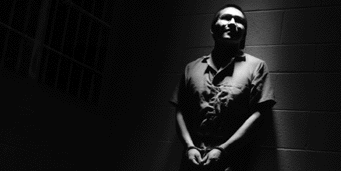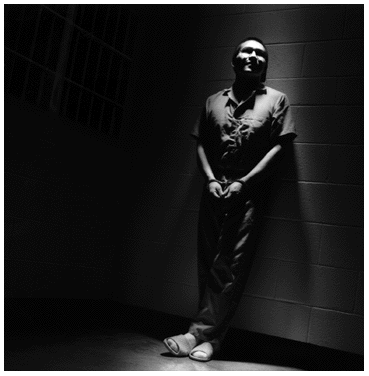Shortly after
midnight on October 17, 1987, two brothers, Lester & Vern Kills On Top,
entered a bar in Miles City Montana. With them were two women, Diane
Bull Coming & Doretta Four Bear. When another patron, John Martin
Etchemendy, complained he could not find his car, the four offered to
help. With Etchemendy in their car, they drove away from the bar.
At some point
the four decided to assault & rob the victim. They forced Etchemendy to
disrobe & climb into the trunk of the car. At 5AM Four Bear left the
group, but another friend, Lavonne Quiroz, joined it. The group drove
south to Gillette, Wyoming, arriving there in the afternoon. While Vern
& Quiroz went to a bar, Lester & Bull Coming drove out of town. They
stopped, & according to Diane's testimony, Lester beat Etchemendy to
death with a pipe. They abandoned the body in a rural area 20 miles
south of Gillette.
Once the
Blackfoot, Crow, Sioux & Assiniboine roamed Montana's plains. When white
settlers invaded the area in the 19th century, the Cheyenne became
embroiled in wars to defend their territory. By the late 20th, only
about 2000 northern Cheyenne were left. They live on the Tongue River
reservation, located in the southeastern part of Montana. This story is
about two of them, Lester & Vern Kills On Top, full-blooded, enrolled
members of the northern Cheyenne tribe.
Access to Lester
was closely guarded by a lawyer in Washington state. A long list of
restrictions had been faxed to us, including a prohibition against
recording our conversation with him. We set about convincing the officer
in charge to remove Lester's handcuffs. But once they were off, Lester
became uncomfortable. He had not sat with civilians in a long time;
freedom made him nervous.
Lester's
disposition was delicate, so his attorneys had asked us not to talk
about his crime. We skirted around it, taking care not to upset or
depress him. Lester cannot read or watch TV: his attention wanders. We
were told he paces constantly inside his minuscule cell, a caged soul.
Although Lester
now fervently embraces Christianity, studying the Bible in prison, he
was educated in Native American lore. Named Strange Owl by his
grandfather, he speaks & reads Cheyenne. But like many Indians today,
Lester had had alcoholic parents, & had been shuttled back & forth among
several foster families, both on & off the reservation.
Because the
Kills On Top brothers committed part of their crime off the reservation
& part on Indian territory, the murder of John Martin Etchemendy became
a question of jurisdiction. With Etchemendy in the trunk of their car,
the men drove around southern Montana & northern Wyoming, cut through
the reservation, & crossed the border. There was therefore a great deal
of legal maneuvering over where they should be tried: in Wyoming or
Montana, in federal court or state court. Because Lester had murdered a
member of the white majority on majority land, the majority took over &
punished him according to majority law.
In mid-1995, the
Montana Independent Record carried the headline "Convict's Death
Sentence Overturned." The state supreme court had ordered a resentencing
for Lester Kills On Top. His lawyer had convinced the Montana Supreme
Court that the state had withheld evidence that might have undermined
her credibility. Lester was off death row.


